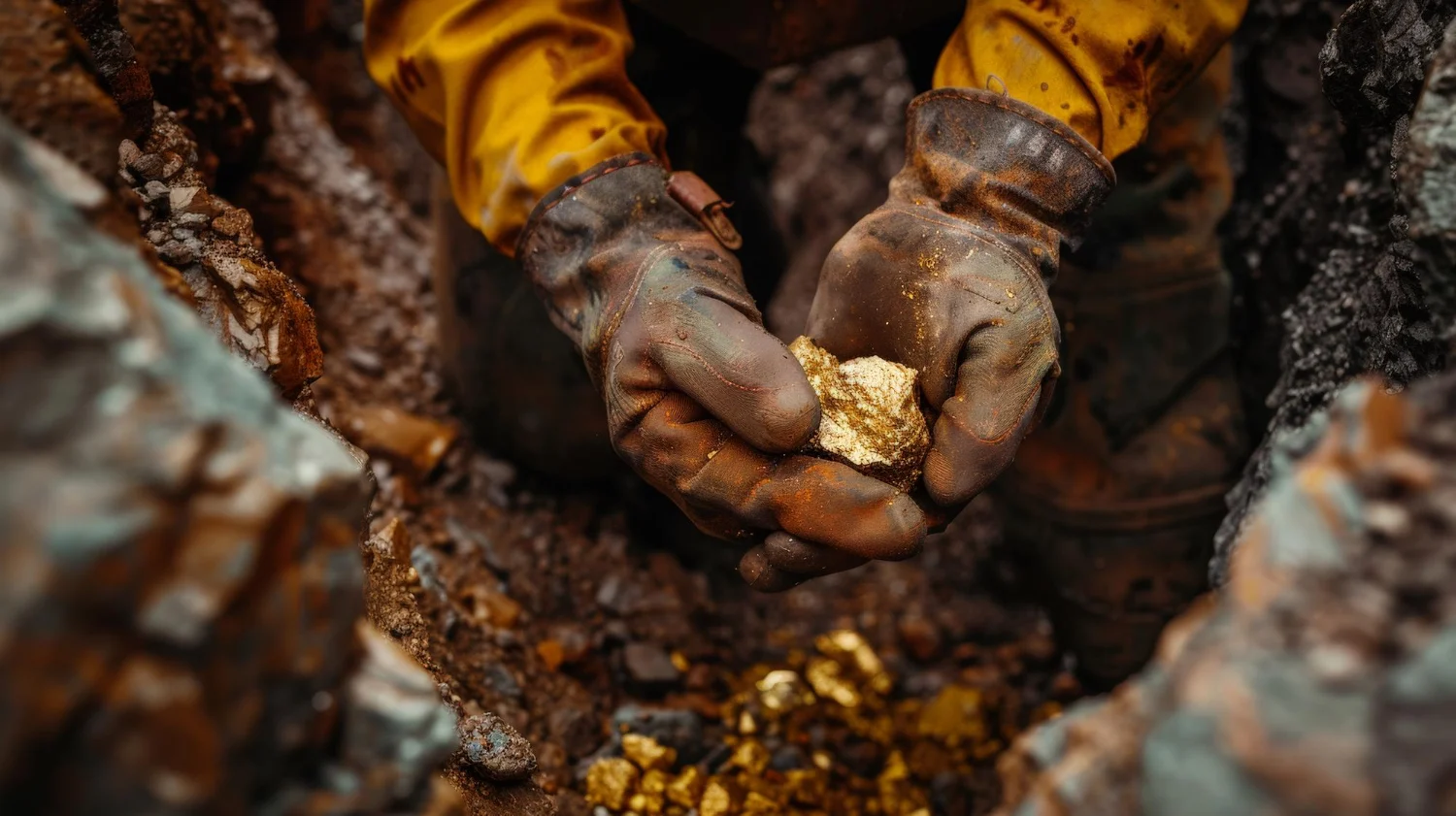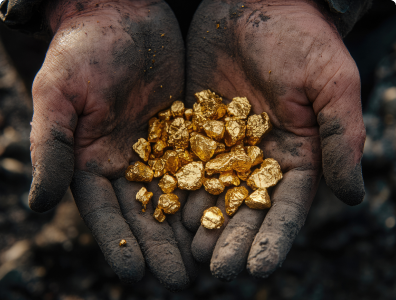When you hold a gold ring or necklace in your hand, it feels precious—and it is. But gold doesn’t just appear in stores. It starts its journey deep underground, in mines scattered around the world. Some of these places are far away, and the path from mine to jewellery store is often longer and more complex than you might expect.
The Long Journey of Gold
Gold begins as a mineral in the earth, buried in rocks or riverbeds. Miners extract it through various methods, some traditional and some very modern. After mining, the gold is cleaned, refined, and shaped into bars or sheets.
From these raw forms, gold travels to workshops and factories where skilled artisans turn it into the jewellery we love. Along the way, it passes through many hands, crossing countries and continents.
The Hidden Story Behind Gold
What might surprise many people is that not all gold is sourced responsibly. In some places, mining can harm the environment or communities. There are concerns about unfair labor practices or unsafe working conditions.
Because of this, many jewellers and buyers today are asking important questions: Is the gold ethically mined? Is it traceable back to its source? Is it helping local communities or hurting them?

Changing the Way We Buy Gold
These questions have led to a big change in the jewellery industry. More brands are now choosing “conflict-free” or “ethical” gold. This means the gold comes from mines that follow fair practices, protect the environment, and support workers.
When you buy jewellery made with ethical gold, you’re not just getting something beautiful—you’re supporting a better way of doing business.
Why It Matters to You
Knowing where your gold comes from can make a difference. It helps you choose pieces that match your values and ensures your jewellery has a story you can be proud of.
The next time you buy gold, take a moment to ask: Where did this gold come from? How was it made? Your choices can help promote fairness and care in the world of jewellery.




